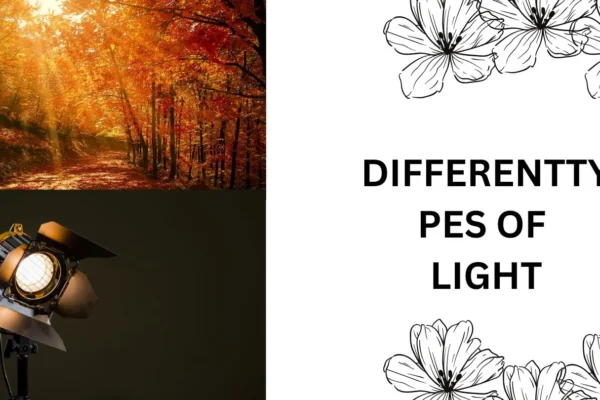Progressive and interlaced frames are different methods of displaying images in video content. 720p and 1080i also stand for progressive and interlaced frames. These formats are commonly associated with television and digital video formats.
what are progressive and Interlaced frames?
These two methods have completely different meanings and implications, Progressive frames are generally used for digital content, digital services, and high-definition displays Because they provide smoother and clearer images.
While interlaced is still used in broadcasts, it is less common nowadays.
Progressive:
Progressive scanning machines scan the entire frame from the top to the bottom. Each frame is scanned as a Complete picture.
When you watch a video in the progressive frame, the entire video is displayed at once, It provides a smoother and more natural visual experience.
It is commonly denoted as ‘P‘ in the resolution of the video. for example ( 780p and 1080p) Indicating the number of vertical pixels.
Its speed of presenting a video is double then interlaced, It is more efficient than interlaced because it can collect and display fast-moving objects more clearly than interlaced.
Progressive is more popular and widely used than interlaced frames, Its quality is strongly supported by the fact that the video in 720 P is smoother than the video in 1080.
Progressive is opposed to interlaced it constantly flickers the whole picture multiple times in a second this is very similar to the concept of frames per second or FPS.
If you have HD cable or HD satellite there are chances that you are watching interlaced technology. progressive takes a lot of data but interlaced does not take a lot of data.
Interlaced :
On the other hand, the Interlaced frame breaks the frames into two fields: odd and even lines. The odd lines are displayed first after odd lines even lines are displayed. This process is done in seconds and this rapid process creates an illusion of a complete frame.
Interlaced frames are denoted as ‘I’ in resolution. eg( 480i and 1080i). The interlaced frame is slower than the progressive And it is less efficient than the progressive frame.
It has lower picture quality, and it is less popular than progressive. Interlaced shows the image in how it has odd lines such as 3,5,7,9… until you search 1079i because that’s the last odd number before we hit the thousand.
After odd lines then the even line turns on like 2,4,4,8,12 ……up until 1080, which happens several times within a second and it happens so fast You think you are watching a full movie, but you are not.
For example, the right hand is the odd lines, and the left hand is the even lines put them together and you can see now the whole picture of someone playing baseball, and let’s pretend this flickering happens 30 times within a second so the odd line will show an image only the odd lines.
Then the odd line will turn off and the even line protected, and they keep switching 30 times within a second that’s so fast. The human eye can’t see them they perceive them as moving objects.
Conclusion
In conclusion, progressive and interlaced frames are two different ways of displaying video content. Progressive frames show the entire picture at once, resulting in smoother and clearer images While Internist frames display the images in 2 separate sets offline in rapid back-and-forth motion, creating the illusion of a frame.
Progressive is more commonly used in offering better quality, especially for high-definition display, violent release is lower and less efficient I also wrote an article on photojournalism for more information stay connected with me.
